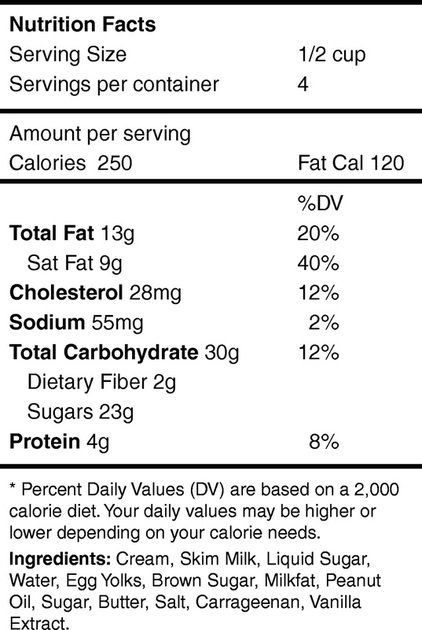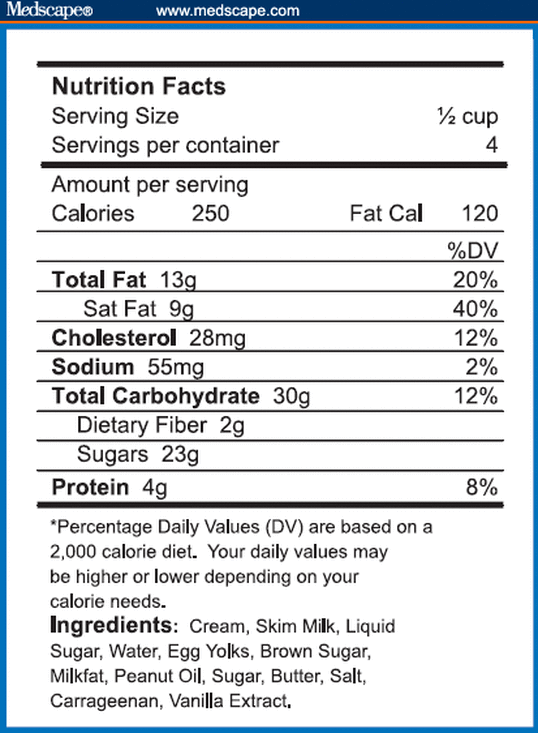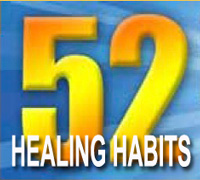
The Newest Vital Sign http://www.annfammed.org/content/vol3/issue6/images/
Vital signs. Most people who are acquainted with health matters know what vital signs are. Vital signs include blood presssure, cardiac rate, respiratory rate and temperature. This may be simple and measurable but it holds key information on the well-being of a person.
Vital signs are meaningful to a health professional. It provides them with the necessary non-invasive objective measure of what is happening in the person's internal milieu.
It is meaningful to a lay person since it can be replicated anywhere, anytime without additional expense outside of a standard thermometer, watch, stethoscope and blood pressure apparatus.
Gauging health literacy requires proper diagnostic tool. This can be done using the Newest Vital Sign test developed by Pfizer and researched by health literacy experts of the University of Arizona College of Medicine.
The NVS is a bilingual (English and Spanish) screening test for general literacy, numeracy and comprehension skills concerning health information. This is intended for use in the primary care setting and can be accomplished within three minutes.
The test involves one image---an ice cream container containing nutrition label. Patients are asked to read the label while the health care provider or tester asks six questions. A scoring sheet is available to compare responses of the patient. Those who score less than four correct answers are likely to be having low health literacy.
The NVS is available for free. Anyone can download it or ask the Pfizer Clear Health Communication Initiative website.
The most important part in having the NVS is on how the health care provider should respond to a patient with limited health literacy skills. The healthcare provider must provide clear and simple communication techniques to enable the patient to cope with the impending dilemma they will face outside of the doctor's clinic.
A medicine is only good as long as the patient takes it. A doctor can further improve their patient's well-being by providing clear, simple, brief and comprehensive health counselling and prescriptions. What good is a prescription if a patient can hardly follow what is written, or worse, not able to read it at all?
Ensuring that patients are actually in a position to comprehend the instructions of doctors will cut a long line of subsequent events that can make or break a patient's health. A simple test conducted while patient's are at the waiting room can be a lifesaver.




 RSS Feed
RSS Feed